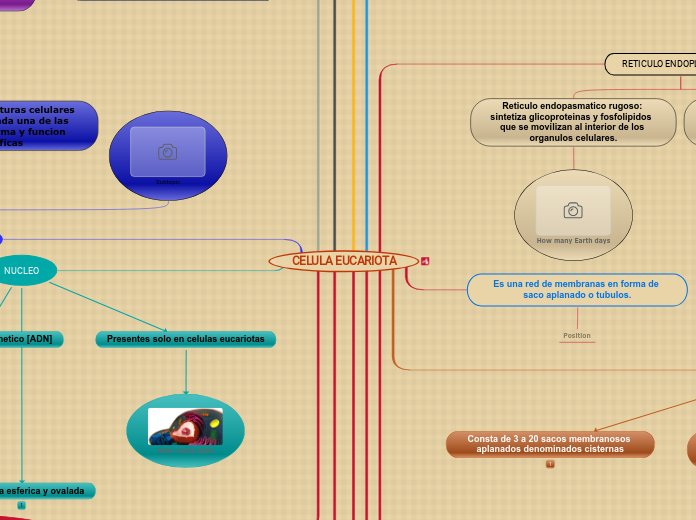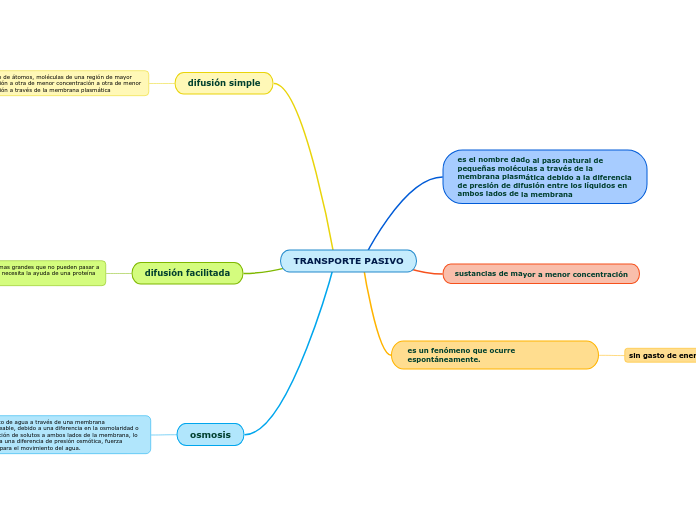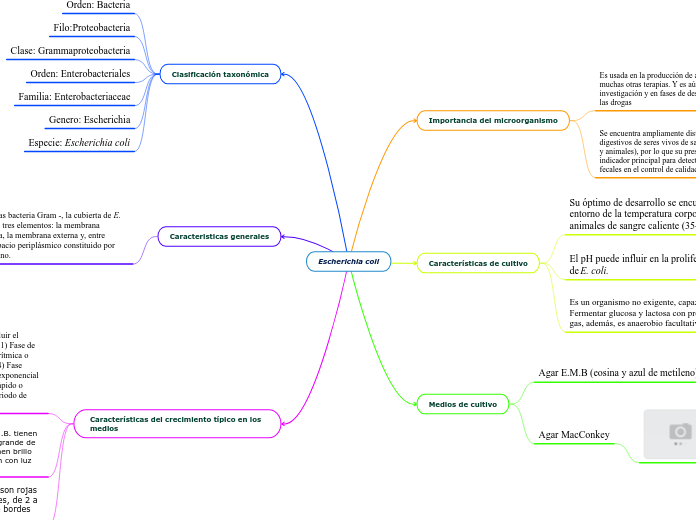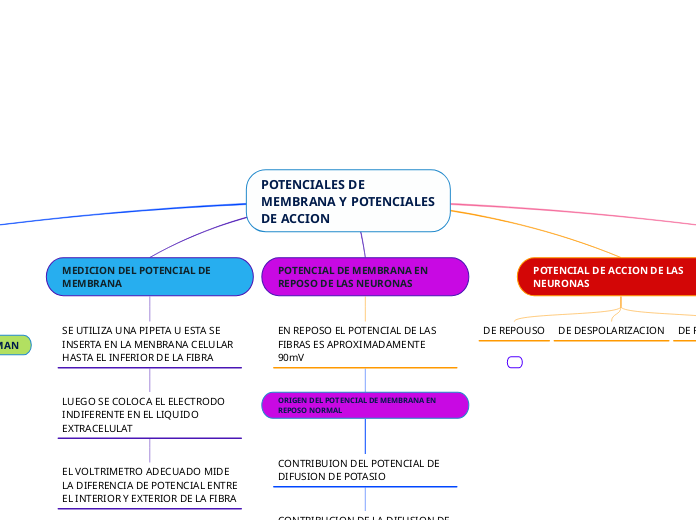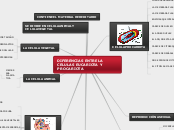CELULA EUCARIOTA
PROTEOSOMAS
En las celulas eucariotas suelen encontrarse en el citoplasma
La funcion del proteosoma que contribuye a la ubiquitina es marcar a las proteinas para su destruccion.
Es un complejo proteico grande presente en todas las celulas eucariotas que se encarga de realizar la degradacion de proteinas
Membrana Plasmatica
Saturn is known most for its rings.
Galileo Galilei first thought it was an object with three parts: a planet and two large moons on either side.
Not knowing he was seeing a planet with rings, the stumped astronomer entered a small drawing — a symbol with one large circle and two smaller ones — in his notebook.
The rings are made of ice and rock and scientists are not yet sure how they formed. The gaseous planet is mostly hydrogen and helium.
Desempeña una funcion clave en la comunicacion entre las diferentes celulas, asi como entre ests y su ambiente externo
A planet's day is the time it takes the planet to rotate or spin once on its axis.
Write down Saturn's day measured in Earth days.
Conforma la superficie externa de la celula
NUCLEO
Uranus is an oddball. It has clouds made of hydrogen sulfide, the same chemical that makes rotten eggs smell so foul.
It rotates from east to west like Venus. Its tilt causes extreme seasons that last 20-plus years, and the sun beats down on one pole or the other for 84 Earth-years at a time.
Methane in the atmosphere gives Uranus its blue-green tint. It also has 13 sets of faint rings.
Estructura esferica y ovalada
Uranus has 27 moons that we know of. Five of the moons are large and the rest are much smaller.
Name these 5 moons.
Moon name
Presentes solo en celulas eucariotas
How long does it take for Uranus to go around the sun?
Guarda el material genetico [ADN]
A planet's day is the time it takes the planet to rotate or spin once on its axis.
Write down Uranus's day measured in Earth days.
Organulo grande
CITOPLASMA
Neptune is about the size of Uranus and is known for supersonic strong winds.
Neptune is far out and cold.
The planet is more than 30 times as far from the sun as Earth.
Neptune was the first planet predicted to exist by using math, before it was visually detected. Neptune is about 17 times as massive as Earth and has a rocky core.
Este se puede dividir en dos componentes: citosol y organelos
Neptune has thirteen moons that we know of and one more waiting for confirmation.
The largest moon is slightly smaller than Earth's Moon and has active volcanoes which erupt like geysers and eject nitrogen frost over the surface.
Name this moon and at least 4 others.
Organelos:estructuras celulares organizadas , cada una de las cuales tiene forma y funcion especificas
Citosol: es la porcion liquida del citoplasma que esta formada principalmente por agua con particulas disueltas y suspendidas
CITOESQUELETO
It was once considered a planet but in August 2006 the International Astronomical Union (IAU) downgraded the status of Pluto to that of “dwarf planet.”
Pluto is unlike other planets in many respects. It is smaller than Earth's moon; its orbit is highly elliptical.
It's a cold, rocky world with a tenuous atmosphere. Pluto is a very active ice world that's covered in glaciers, mountains of ice water, icy dunes, and possibly even cryovolcanoes that erupt icy lava made of water, methane or ammonia.
Contribuye movimiento dentro de la celula
A planet's day is the time it takes the planet to rotate or spin once on its axis.
Write down Pluto's day measured in Earth days.
Constituye los pilares que determinan la forma de una celula y organiza sus contenidos.
How long does it take for Pluto to go around the sun?
Es una red formada por 3 tipos de filamentos
filamentos intermedios
CILIOS Y FLAGELOS
Mercury is the smallest, only a little bit larger than Earth's moon. Mercury has no moon.
It experiences dramatic changes in its day and night temperatures: Day temperatures can reach a scorching 840 F (450 C), which is hot enough to melt lead. Meanwhile, on the night side, temperatures drop to minus 290 F (minus 180 C).
It also has a very thin atmosphere of oxygen, sodium, hydrogen, helium, and potassium and can't break-up incoming meteors, so its surface is pockmarked with craters, just like the moon.
Flagelos estructura similar a la de los cilios pero suelen ser mas largos
How long does it take for Mercury to go around the sun?
Mueven a la celula entera
Cilios:Apendices numerosos y cortos
Mueven a los liquidos a lo largo de la superficie
TEJIDOS
MITOCONDRIA
Cumple una funcion temprana en la apoptosis, muerte programada de la celula, proceso ordenado y programado por la informacion genetica.
Tiene lugar a la respiracion celular que produce la mayor parte del ATP
Posee una mebrana interna y una externa con un pequeño liquido entre ambas
PEROXISOMAS
Estas enzimas catalizan muchas reacciones metabolicas de sintesis y degradacion de compuestos
En su interior hay una matriz de ´peroxisoms, que contiene proteinas con funciones enzimaticas.
Son organulos compuestos por una doble capa lipidica
Son misteriosos organulos de la membrana subcelular. Vesicula que tiene enzimas oxidativas y catalasa.
Subtopic
APARATO DE GOLGI
Jupiter is a giant gas world that is the most massive planet in our solar system.
Its swirling clouds are colorful due to different types of trace gases.
And a major feature in its swirling clouds is the Great Red Spot, a giant storm more than 10,000 miles wide. It has raged at more than 400 mph for the last 150 years, at least.
Jupiter has a strong magnetic field, and with 75 moons, it looks a bit like a miniature solar system.
Forma vesiculas secretoras que descargan las proteinas procesadas por exocitosis en el liquido extracelular.
How long does it take for Jupiter to go around the sun?
Modifica, clasifica, envuelve y transporta las proteinas que recibe del reticulo endoplasmatico rugoso.
A planet's day is the time it takes the planet to rotate or spin once on its axis.
Write down Jupiter's day measured in Earth days.
Consta de 3 a 20 sacos membranosos aplanados denominados cisternas
Es una red de membranas en forma de saco aplanado o tubulos.
RETICULO ENDOPLASMTICO
Mars is a cold, desert-like place covered in dust. This dust is made of iron oxides, giving the planet its iconic red hue.
Mars shares similarities with Earth: It is rocky, has mountains, valleys and canyons, and storm systems ranging from localized tornado-like dust devils to planet-engulfing dust storms.
Reticulo endoplasmatico liso: sintetiza acidos grasos y esteroides, inactiva o detoxifica ciertas drogas y otras sustancias
How long does it take for Mars to go around the sun?
Reticulo endopasmatico rugoso: sintetiza glicoproteinas y fosfolipidos que se movilizan al interior de los organulos celulares.
A planet's day is the time it takes the planet to rotate or spin once on its axis.
Write down Mars's day measured in Earth days.
RIBOSOMAS
Earth is a water world, with two-thirds of the planet covered by oceans.
It's the only world known to harbor life.
Earth's atmosphere is rich in nitrogen and oxygen.
Its name originates from 'Die Erde,' the German word for 'the ground.'
Earth may once have had two moons, nowadays it has just one.
Ribosomas "libres" sintetizan proteinas que se utilizaran en el citosol
How long does it take for Earth to go around the sun?
Sintetizan a las proteinas destinadas a organulos especificos.
A planet's day is the time it takes the planet to rotate or spin once on its axis.
Write down the Earth's day in hours.
How many hours
Estan adheridos en su mayoria al reticulo endoplasmico rugoso.
LISOSOMAS
Venus is Earth's twin in size and has no moons.
Its surface has various mountains and volcanoes. Because of its thick, toxic atmosphere that's made of sulfuric acid clouds, Venus is an extreme example of the greenhouse effect. The average temperature on Venus' surface is 900 F (465 C).
Venus spins slowly from east to west, the opposite direction to most of the other planets.
The Greeks believed Venus was two different objects — one in the morning sky and another in the evening. Because it is often brighter than any other object in the sky, Venus has generated many UFO reports.
las enzimas lisosomicas tambien contribuyen al reciclado de las estructuras celulares deteriodadas
How long does it take for Venus to go around the sun?
How many days
Pueden contener a mas de 60 tipos de enzimas que pueden digerir una gran variedad de moleculas
A planet's day is the time it takes the planet to rotate or spin once on its axis.
Write down Venus's day measured in Earth days.
How many Earth days
Son vesiculas rodeadas por membranas que se forman en el aparto de golgi
Our Solar System has eight “official” planets which orbit the Sun.
Each planet is at a different distance from the sun. Name its position.
Position
